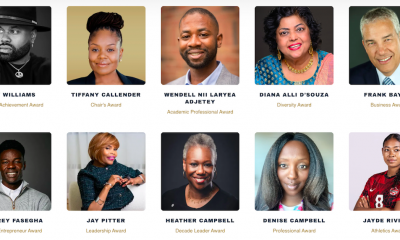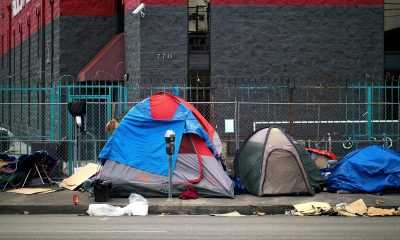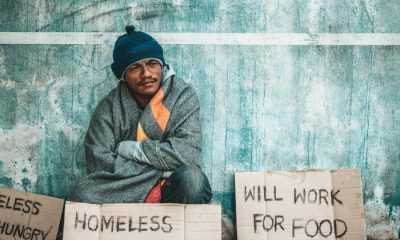BY KAHA G. – 14 YEARS OLD
The glue, the advisor, the coach, the connector, the “Get It Done Guy,” the people developer, the care leader, and the mental health advocate. Yes, David Griffiths is a man who holds numerous titles, which come from his many years of service to the community and in corporate operating in spaces where technology and business intersect. David strategically applies his: energy, tenacity and authenticity to help people and organizations reach their full potential. He is known for creating environments where people strive, share their gifts to the world and make phenomenal transformations.
As Founder and Chief Executive Officer at Brothers Who Care (BwC), David has harnessed the power of collective philanthropy through partnership and collaboration. Based in Toronto, Brothers Who Care is a network of 500+ Black men and allies who have tailored their work to focus on initiatives that significantly impact the Black community. BwC use stories, images and videos to change the social, psychological and economic health of BIPOC communities. The work at BwC focuses on Collective Philanthropy; Skills & Education; Financial Security and; Mental Health & Well-being.
Born in Manchester, Jamaica and immigrated to Canada at the age of 14. His parents and extended family have always instilled and reinforced the importance of giving back and sharing with the community at a very young age. Those beliefs and values taught to David as a youth have continuously been a moral compass for him in his life journey.
David spent the first 2 years of his professional career working as a Process Engineer in North Carolina. From 2002 -2010, David held positions as: a Senior Project Manager, a Senior Manager, and Associate Director at the technology firm, Symcor. During these 8 years, he volunteered at various organizations in Toronto, engaging in large scale action and leadership to change the state of the city and the negative impact it was having on the youth and their communities. One of these most notable changes happened with the Jamaican Canadian Association where David, first as the Youth Chair and subsequently the association’s President, created a legacy scholarship where youth have an opportunity to earn and receive funding for post-secondary education, an initiative that still happens to this day.
David evokes transformation. David has designed creative and innovative solutions to help clients in the public and private sector lead digital and business transformation initiatives to solve some of the world’s most complex problems such as financial security, crime, DEI and mental health. In 2010, David joined IBM as a Strategy & Transformation Managing Consultant. In 2016, he moved into a Senior Managing Consultant role, and in 2021, he became Associate Partner, Enterprise Strategy & Financial Services. He has far reaching experience in aligning Business and IT objectives to generate growth, and innovation. His strength lies in: developing implementation plan, business case, vision and strategic execution of global operating models, including change and organizational design.
He holds a Bachelor of Applied Science in Industrial & Manufacturing Systems Engineering from the University of Windsor, as well as an MBA in Strategic Management & International Business from Schulich School of Business (York University).
David has a passion for people that cannot be denied; he enjoys spending quality time with his wife and two children, and always finds time to give back to his community.
Overall, David Griffiths is a man with a plan, and the courage and tenacity to execute it.


 Community News2 weeks ago
Community News2 weeks ago
 Community News2 weeks ago
Community News2 weeks ago
 Community News2 weeks ago
Community News2 weeks ago
 Community News2 weeks ago
Community News2 weeks ago
 Community News2 weeks ago
Community News2 weeks ago
 Community News2 weeks ago
Community News2 weeks ago
 Junior Contributors6 days ago
Junior Contributors6 days ago
 The Poetic Word6 days ago
The Poetic Word6 days ago





























